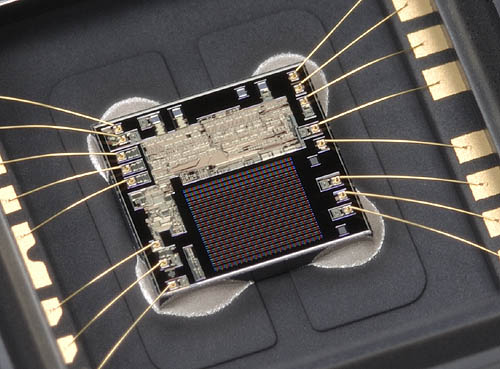Neil-H
Senior Member
I have heard this a few times and am no closer to seeing proof one way or another. At the moment I am an owner of two systems, with a D7k and a 70D. I actually really like both systems for many reasons, some overlapping and some very different. The problem is I would prefer to put most/all future investment into a single mount since I can't really use my lenses/ect on both cameras.
As for the two I own, I love my 70D's grip feel, it's more comfortable than the D7k. I also much prefer the LV of the 70D, and I like having an articulating touch screen. On the other hand, the D7k has a much better auto ISO design, which is very useful in my shooting, and it has a few more AF options when adjusting the focus points. I haven't been able to discern much difference in AF tracking ability, although I admit I haven't really "tested" them in a vs shootout.
Im more or less looking to identify what differences tend to be innately linked to the brand so I can better determine which I will focus on, so to speak ;-) . One thing that stood out as a benefit is the face detection that I heard about. They both have it in LV of course, but I shoot VF 98% of the time. The word is that Nikon uses the RGB or metering sensor I guess, similar to how it uses color to track in 3D mode.
Does anybody have any definitive info on this? Is this only on certain bodies, or is this completely untrue?
As for the two I own, I love my 70D's grip feel, it's more comfortable than the D7k. I also much prefer the LV of the 70D, and I like having an articulating touch screen. On the other hand, the D7k has a much better auto ISO design, which is very useful in my shooting, and it has a few more AF options when adjusting the focus points. I haven't been able to discern much difference in AF tracking ability, although I admit I haven't really "tested" them in a vs shootout.
Im more or less looking to identify what differences tend to be innately linked to the brand so I can better determine which I will focus on, so to speak ;-) . One thing that stood out as a benefit is the face detection that I heard about. They both have it in LV of course, but I shoot VF 98% of the time. The word is that Nikon uses the RGB or metering sensor I guess, similar to how it uses color to track in 3D mode.
Does anybody have any definitive info on this? Is this only on certain bodies, or is this completely untrue?










